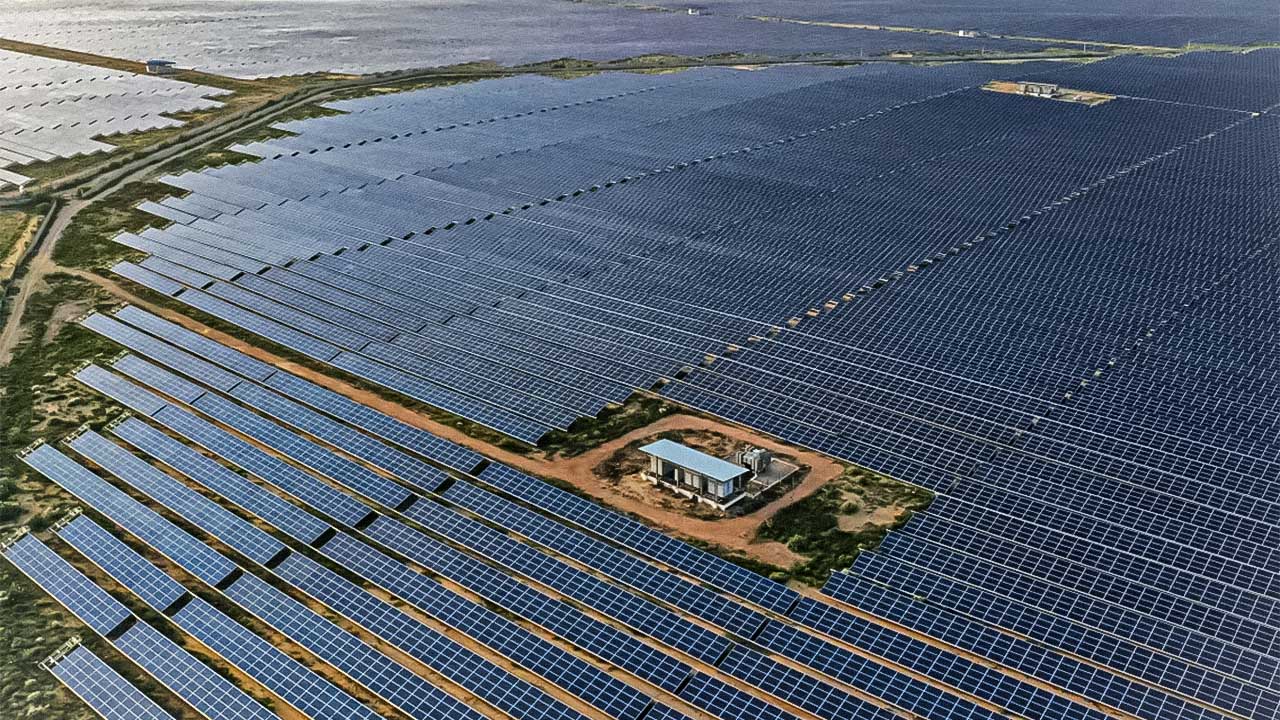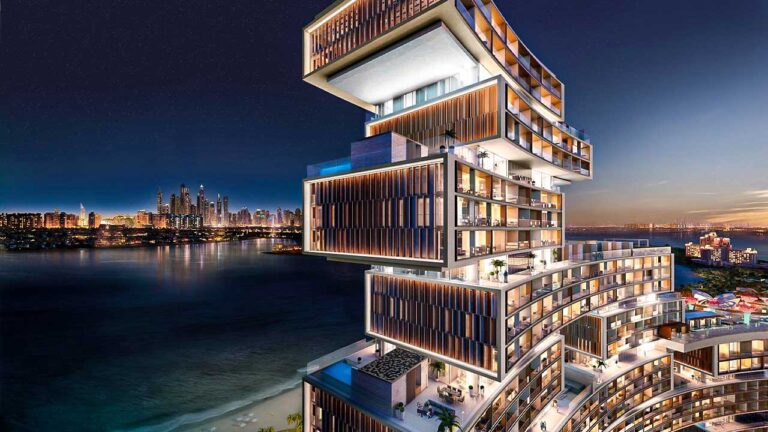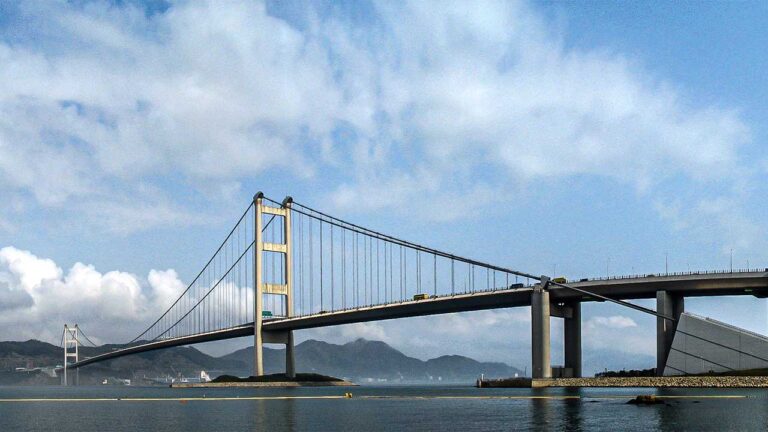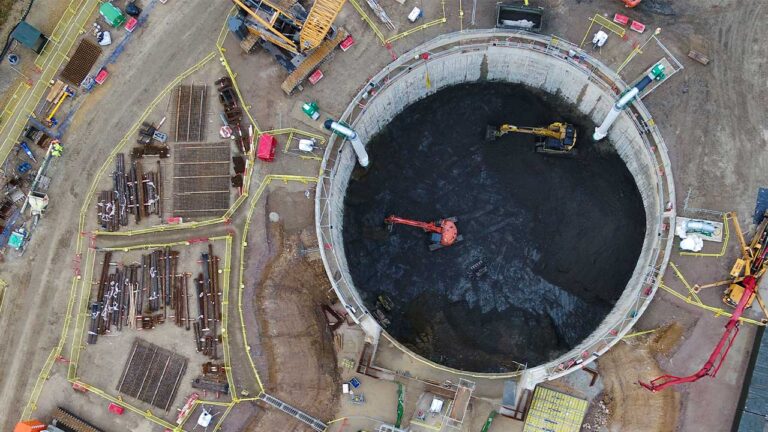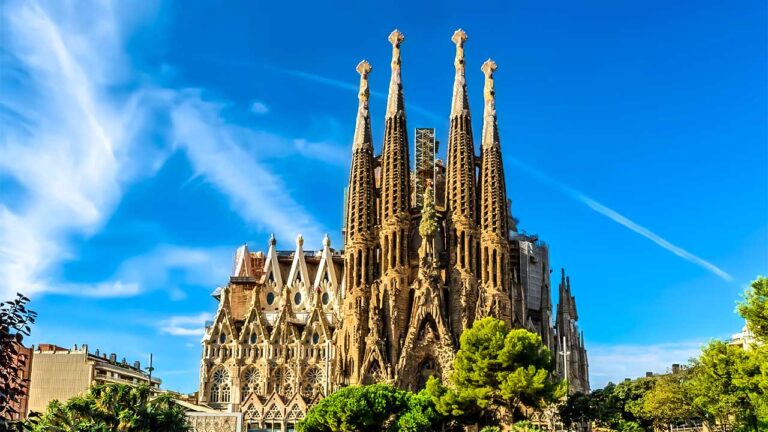Bhadla Solar Park – World’s Biggest Solar Farm in India
Scorching temperatures, infertile soils, limited water supplies, and frequent wind storms make the Bhadla in India’s Thar desert an inhospitable place to live. Here, temperatures can soar to a blistering 50 degrees Celsius, and relentless sandstorms only add to the challenging living conditions. However, what might make Bhadla inhospitable for human habitation turns out to be a blessing for another purpose – generating solar power.
Today, the world is shifting towards renewable energy, and one of the most pressing issues is the burden placed on developing countries. These countries are experiencing the harshest effects of climate change, even though they are not the primary contributors to it. India has been making remarkable progress in its efforts to harness renewable energy sources, and one shining example of this progress is the Bhadla Solar Power Plant. Located in Rajasthan, this solar farm stands as a testament to India’s commitment to clean energy and sustainability. With an astounding installed capacity of 2,245 MW, it holds the distinction of being the largest solar power plant in not only India but also the entire world.
The Bhadla Solar Park, the brainchild of the Rajasthan Renewable Energy Corporation Limited (RRECL), a partnership between the Government of Rajasthan and the Ministry of New and Renewable Energy (MNRE), has rewritten the narrative of this arid landscape.
Bhadla has emerged as the perfect spot for harnessing the abundant sunshine it receives. In fact, it’s home to the world’s largest solar power farm. Spread across its arid landscape are an astonishing 10 million solar panels, collectively possessing the incredible capacity to generate a whopping 2,245 megawatts of electricity. To put that into perspective, this is sufficient to power an impressive 4.5 million households. The total cost of Bhadla Solar Park was $2.175 billion.
The selection of Bhadla as the site for this remarkable project was not a mere coincidence. It was chosen for its abundant solar irradiance, low population density, and the availability of government-owned land. These factors, combined with its remote location, made it an ideal canvas for solar power generation.
Also Read: Jeddah Tower – World’s Tallest Skyscraper Resumes Construction
The project was executed in multiple phases, each contributing to its remarkable growth. In Phase I, in 2017, NTPC Limited auctioned 420 MW to various developers, including Fortum of Finland. Phase II saw the Solar Energy Corporation of India (SECI) auctioning 250 MW. In Phase III and IV, ACME Power, Softbank Group (SBG), Phelan Energy Group, and Avaada Energy, among others, secured their share of the capacity.
These auctions and developments culminated in the completion of the Bhadla Solar Park in December 2018, achieving a total installed capacity of 2,055 MW, securing its place as the world’s largest solar park as of 2023.
The Bhadla Solar Park isn’t just an extraordinary engineering feat; it’s also a critical piece of India’s National Solar Mission puzzle. This ambitious initiative aims to install a staggering 100 gigawatts (GW) of solar power in future. Additionally, it plays a pivotal role in helping India fulfill its commitments under the Paris Agreement, which calls for a significant reduction in carbon intensity by 2030.
In the wake of the United States’ withdrawal from the Paris Climate Accord back in 2015 during the Trump administration, the world sought new environmental leaders. China appeared to be a natural choice due to its global influence. However, another nation, India, quietly stepped into the spotlight.
As the third-largest greenhouse gas emitter globally, India made a resolute commitment to the Paris Climate Accord. Prime Minister Narendra Modi reaffirmed India’s dedication to the cause, despite not being one of the primary contributors to climate change. Their climate pledge, known as the Intended Nationally Determined Contribution (INDC), outlined ambitious goals.
India aimed to reduce the emission intensity of its GDP by 30-35% by 2030. They also set out to increase their renewable energy capacity five-fold by 2022, with a strong emphasis on solar and wind power. India further pledged to have 40% of its electricity generated from non-fossil sources, including nuclear, hydropower, and renewables, by 2022. This marked a significant shift away from fossil fuels.
Additionally, India proposed an aggressive reforestation initiative, recognizing the critical role of forests in absorbing carbon dioxide and preserving biodiversity.
Also Read: Turkey is Building World’s Largest Drone Army | Bayraktar TB2
The ambitious plan came with a substantial price tag – an estimated $2.5 trillion between 2020 and 2030. This funding would support massive grid upgrades, renewable energy infrastructure expansion, and various climate mitigation actions.
India’s unwavering commitment and willingness to invest significantly in climate action inspired the global community. It demonstrated that addressing climate change wasn’t solely the responsibility of wealthy nations. India’s journey became a symbol of resilience and determination, proving that even amid challenges, a nation could lead the world toward a more sustainable future. In the face of uncertainty, India’s green path illuminated a shared vision of a healthier, more harmonious planet.
Beyond the headlines, the Bhadla Solar Park has proven to be a boon for the local economy and the environment. According to a study by the World Bank, the park has created around 10,000 direct and indirect jobs during its construction and operation phases, providing livelihoods to the local community. Furthermore, the park has significantly improved the quality and reliability of electricity supply in the region, a transformative change for local residents. Perhaps most impressively, the park’s contribution to reducing fossil fuel dependence is substantial, helping to avoid approximately 4 million tons of carbon dioxide emissions per year.
The harsh environment that makes Bhadla a difficult place to live has become the very reason it shines as a beacon of renewable energy. Its transformation from an almost unlivable desert area to a hub for clean and sustainable power generation is a testament to human ingenuity and our ability to harness the elements for the greater good. Bhadla’s story is a reminder that even in the harshest of conditions, there is potential for positive change and progress towards a greener future.
As of 2021, the Bhadla Solar Park is not just a national pride but a global leader in solar energy. It currently supplies power to more than 1.3 million households in the state of Rajasthan, addressing the energy needs of a significant portion of the population. This achievement showcases the potential for renewable energy to be a scalable solution to India’s growing energy demands.
The construction of the park occurred in four phases, each featuring larger fields of solar panels than the previous one. This rapid development was made possible, in large part, by the involvement of the Climate Investment Fund. This fund, along with various multilateral development banks, was established by the G8 Countries with the specific purpose of co-financing projects aimed at mitigating climate change.
Daniel Morris, the clean energy lead at the fund, explained their approach, saying,
“We achieve this by providing concessional resources, which essentially means offering financial support at very low costs, often in the form of grants or heavily subsidized loans. With our initial investment of $200 million, we were able to attract an additional $112 million in co-financing for this project alone. This resulted in a reduction of 5.6 million tonnes of CO2 emissions and the installation of 2.7 gigawatts of capacity.”
The fund’s primary objective is to finance technologies that are on the verge of becoming commercially viable or require financial support to achieve scalability. Bhadla was a prime example of the latter category.
Morris emphasized,
“In the case of Bhadla, it was all about achieving scale. Solar panels had become commercially viable in many places by 2013, but they couldn’t compete with the cost of coal generation, especially in a region like Rajasthan, India. However, advancements in technology have significantly reduced costs, making solar energy highly viable.”
This pursuit of scale is yielding positive results globally. Today, solar energy stands as the most cost-effective energy source ever, according to the International Renewable Energy Agency. Over the past decade, the cost of deploying large-scale solar panels has plummeted by 85%.
Bhadla represents not only a remarkable achievement but also a shining example for the world to follow in the transition towards a greener tomorrow.

